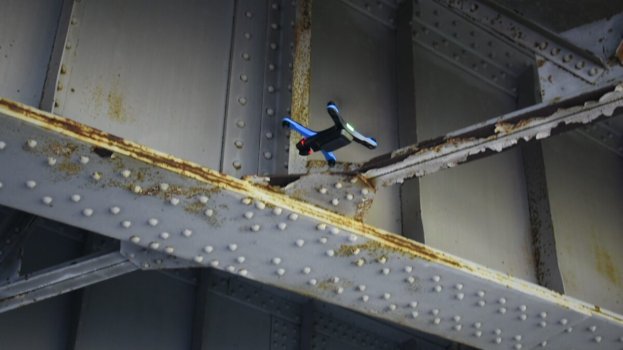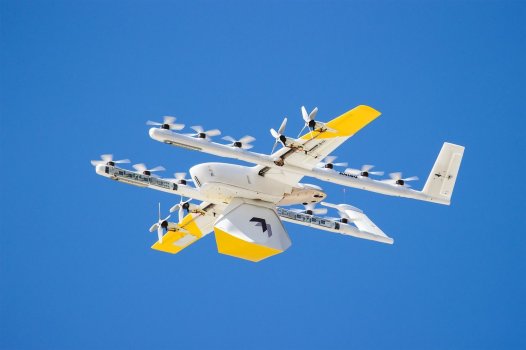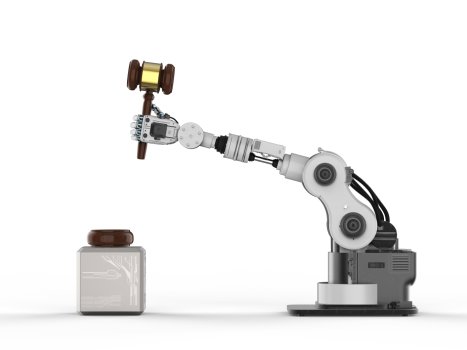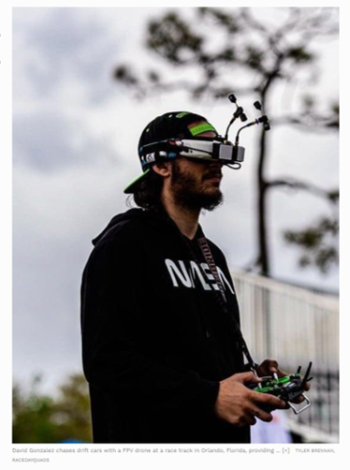Data Management & Its Impact on the Bottom Line
- Technology Solutions
- 0 Replies
In the home medical equipment (HME) industry today, data management is used to improve all parts of a provider’s business. Data is used to improve marketing campaigns and optimize business operations, thereby increasing revenue, efficiencies and bottom-line profit. Managing data correctly is essential in compliance matters to protect privacy and avoid breaches, a burgeoning issue in all businesses. While data management is a general term, for HME providers the notion of using data for revenue and operations makes it the essence of a healthy and successful company.
Data Management for Internal Control
As stated above, data management allows HME providers to make well-informed business decisions and run day-to-day operations more efficiently, reducing expenses. For example, using data to track and manage denials will not only bring in more bottom-line cash, but data can also be used to train staff about their mistakes. This will improve the order intake process—where errors are typically made—and will ultimately streamline the operational flow to hasten the order-to-cash process. Specifically, if you find that more than 10% to 12% of claims are denied, you should drill down into the data to determine the root cause of those denials. Avert denials by filtering the reason for denial and focusing on staff retooling and retraining. Additionally, use your software to stop people from perpetuating the errors.
Continue reading: https://www.homecaremag.com/october-2021/data-management-impact-on-bottom-line
Data Management for Internal Control
As stated above, data management allows HME providers to make well-informed business decisions and run day-to-day operations more efficiently, reducing expenses. For example, using data to track and manage denials will not only bring in more bottom-line cash, but data can also be used to train staff about their mistakes. This will improve the order intake process—where errors are typically made—and will ultimately streamline the operational flow to hasten the order-to-cash process. Specifically, if you find that more than 10% to 12% of claims are denied, you should drill down into the data to determine the root cause of those denials. Avert denials by filtering the reason for denial and focusing on staff retooling and retraining. Additionally, use your software to stop people from perpetuating the errors.
Continue reading: https://www.homecaremag.com/october-2021/data-management-impact-on-bottom-line
























